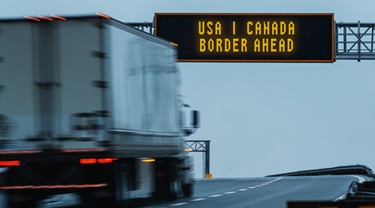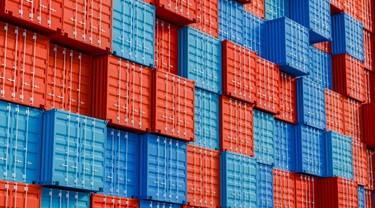
Canada’s cleantech export edge: Scaling innovation in a shifting world
Canada’s cleantech sector faces global headwinds—but export momentum is building.

Canada’s cleantech sector faces global headwinds—but export momentum is building.

Explore the impact of tariffs and learn about support programs and compliance strategies.

Discover how Ran Foods is exporting packaged Asian food to Latin America with EDC's support.

Keep track of the international markets that matter to your business. Get the latest financial and macroeconomic information for both developed and emerging markets.
Commodity prices can impact exporting, global trade and your business, so it’s important to be prepared for the challenges ahead.

Explore how tariffs are reshaping growth, inflation and trade across North America.

How environmental values, EDC financing and agility fuelled Café William`s growth.

How export pricing strategies can help you enter new markets, manage risk and attract new customers.

India is now Canada’s No. 3 services export market, driven by education-related travel.

With growing risks, Canadian companies face new challenges. EDC’s Global Economic Outlook offers insights to help you make better business decisions.